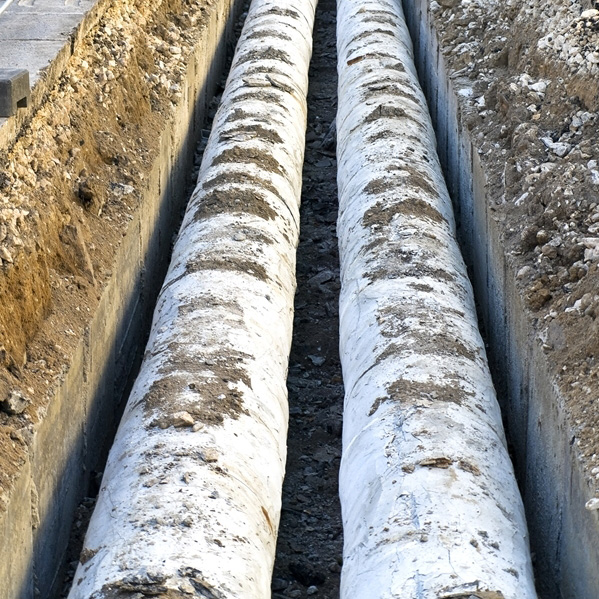End-of-life use for consumer cartons

End-of-life use for consumer cartons
Life-cycle assessments and carbon footprinting of viable recycling and reuse options for food cartons provides a quantitative look that can aid in decision-making processes.
Original Paper
Varžinskas, Visvaldas, Jugis K. Staniškis, and Milda Knašytė. "Decision-making support system based on LCA for aseptic packaging recycling." Waste Management and Research (2012), 30(9), 931-939. DOI: http://dx.doi.org/10.1177/0734242X12448519
Chertow, Marian, and John Ehrenfeld. "Organizing Self-Organizing Systems: Toward a Theory of Industrial Symbiosis." Journal of Industrial Ecology (2012), 16(1), 13-27.
Walk into any grocery store and one is bound to see, and possibly purchase, products contained in aseptic packages – liquid food and beverage cartons made of several layers of paper, lined with aluminum, and coated with low density polyethylene, a plastic coating that prevents aluminum from contacting the food contents. The use of aseptic packages continues to increase by 6 to 8% every year, but waste management and recycling systems have not caught up to pace. The main challenge in recycling used cartons is in the separation of the aluminum lining from the polyethylene coating, or handling the aluminum and polyethylene mixture.
Researchers from Kaunus University of Technology conducted life-cycle assessments (LCAs) on several waste handling scenarios of aseptic packaging in order to quantify the environmental impacts. The main focus of the study, published in Waste Management & Recycling, is on the post-consumer stage of the carton life cycle. The researchers identified three likely end-use scenarios for the LCAs. The first scenario entailed paper recovery and polyaluminum waste placed in landfills. Paper is recovered, and the aluminum and polyethylene are separated for recycling and production of paraffin, respectively, in the second scenario. In the third scenario, paper is recovered, and roof shingles are made of the remaining polyaluminum composite. The three scenarios were were compared to the current scenario of cartons ending up in the landfill.
Their findings for the LCAs were supplemented with carbon footprinting, which is a measure of the total amount of carbon dioxide emissions directly and indirectly associated over the life stages of the products in the four scenarios. Recycling only the paper resulted in an 11% decrease in overall CO2 emissions, whereas scenarios 2 and 3 provided 37% and 47% reductions, respectively. However, the cost-effectiveness of scenarios 2 and 3 depend on the market value of the co-products, which are products such as paraffin and aluminum from scenario 2 and roof shingles from scenario 3, made from the recycled aseptic packages (ie: paraffin and aluminum from scenario 2, and roof shingles from scenario 3). Furthermore, the processes that are necessary for making these co-products relies on a steady stream of aseptic packages routed for recycling rather than going straight to the landfill since the cartons are second-hand "raw materials" for the resulting co-products.
Packaging materials for consumer products are designed to be disposable, but companies are now finding potential uses and value in recovering waste materials for recycling or using as inputs to co-products, which is the essence of industrial ecology. The scenarios provided in this study are viable options in varying situations based on technical or market limitations – technical limitations in separating the aluminum from the plastic coating in a cost effective way, and market limitations in finding buyers for co-products. If recycling and capturing as much reusable materials is the end goal, then scenario 3 offers the greatest reductions in CO2 emissions as well as producing a product with a longer lifespan (ie: roof shingles). Tools such as LCA and carbon footprinting provide a quantitative framework through which researchers and various industries can gain information to determine how limited resources can be spared and used in sustainable ways, which leads to efficiencies and cost savings for producers and consumers. This study provides a simple but effective example of the principles of industrial ecology, and can serve as a model for future studies on other consumer products and waste.




